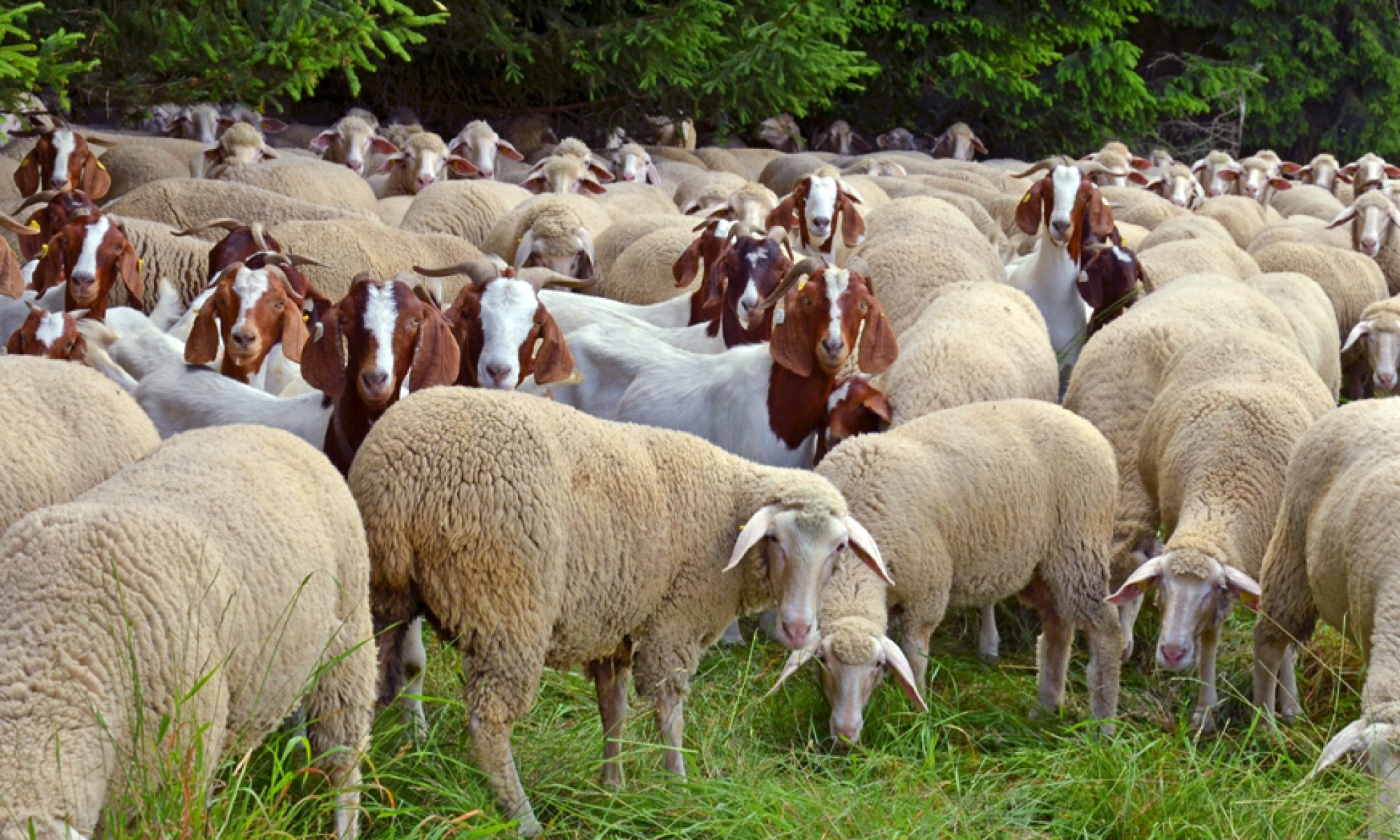The reviews of Amitav Ghosh’s new book, The Nutmeg’s Curse, have not always been positive. Some have declared it to be anti-science. Yet others, like Roy Scranton, found that it “elegantly and audaciously reconceives modernity as a centuries-long campaign of omnicide, against the spirits of the earth, the rivers, the trees, and even the humble nutmeg, then makes an impassioned argument for the keen necessity of vitalist thought and non-human narrative.” I’m with Roy, with a few reservations.
The overall best review I found with a contemporary context is here, in The New Yorker.
Ghosh begins with a narrative of how the 17th century Dutch arrived at the Banda Islands in the Pacific to capture, enslave and kill the islanders in order to insure a monopoly on, of all things, the nutmeg, that highly treasured spice. He finds these events a paradigm for how colonialism and the “free” market have come to dominate trade by subjugation. The result is also tied inextricably to climate change and the rebellion of nature it embodies.
The U.S. has led this robust decadence through military and economic dominance. These are Ghosh’s carefully chosen words:
The job of the world’s dominant military establishments is precisely to defend the most important drivers of climate change—the carbon economy and the systems of extraction, production, and consumption that it supports. Nor can these establishments be expected to address the unseen drivers of the planetary crisis, such as inequities of class, race, and geopolitical power: their very mission is to preserve the hierarchies that favor the status quo.
And our New Yorker reviewer Olufemi O. Taiwo finds that
Ghosh sees potential in what it calls a “vitalist” politics, and in an associated ethic of protection that would extend to “rivers, mountains, animals, and the spirits of the land.” Ghosh identifies this ethos, in contrast to the world-as-resource view, with peasants and farmworkers in Asia, Africa, and Latin America—places and people long seen as peripheral to history.
So in one way the book is a history of vitalism, culminating in the Gaia concept: “that living organisms interact with their inorganic surroundings on Earth to form a synergistic and self-regulating, complex system that helps to maintain and perpetuate the conditions for life on the planet.”
In Ghosh’s terms:
The awareness of a Gaia-like earth did not wither away of itself because of literacy; it was systematically exterminated, through orgies of bloodletting that did not spare Europe, although its violence was directed most powerfully at the Indigenous peoples of the Americas. Yet, not only has that awareness survived among the Indigenous people of the Americas; many of them also credit their perceptions of the Earth with having made their own survival possible, in the face of exterminatory violence. Never have these perceptions of the Earth mattered more than at this moment when the mechanistically ordered world of modernity is disintegrating before our very eyes.
As I said earlier, I have a few reservations about this really wonderful book. One is that vitalism can be undercut (and often is) by superstition and turgid magical thinking. Ghosh documents this but not sufficiently so.
Also, it’s hard for an old rationalist like me to accept this total spiritualizing of nature. Yet the alternatives seem to have led the world deeply astray. If you accept Ghosh’s arguments about our awful colonialist appropriation of nature, his approach to vitalism, or something like it, must follow.
The book makes you think of the many varieties of human wretchedness and, maybe, of human possibilities for redemption. More than a critique, this is an indictment of much Western thinking. In its way it is finally a religious statement.


Yeah, religious – or spiritual – as in Spinoza’s view of God and nature intertwined; a God who, in Einstein’s words, “reveals himself in the orderly harmony of what exists…”
There’s hope in this…somewhere!